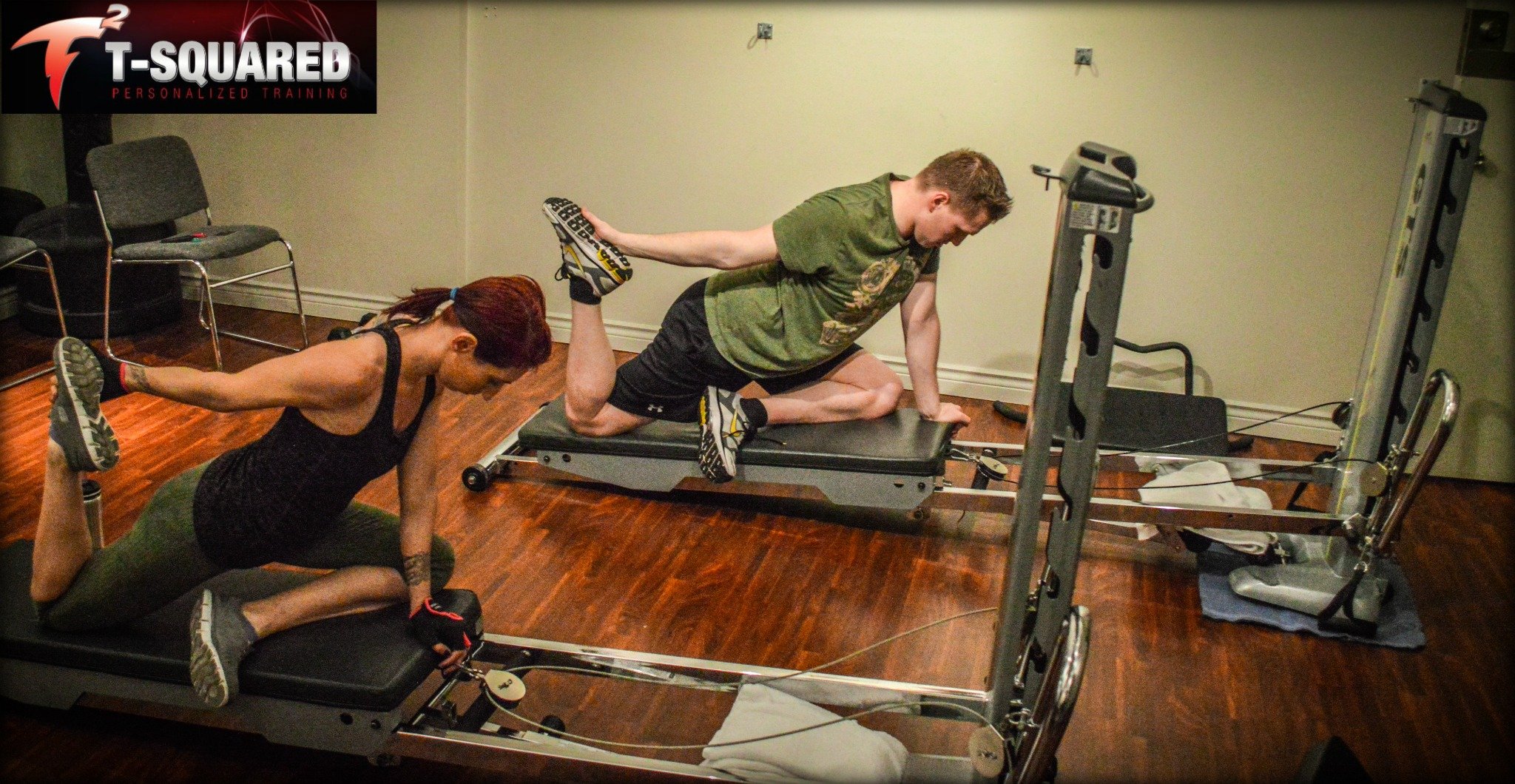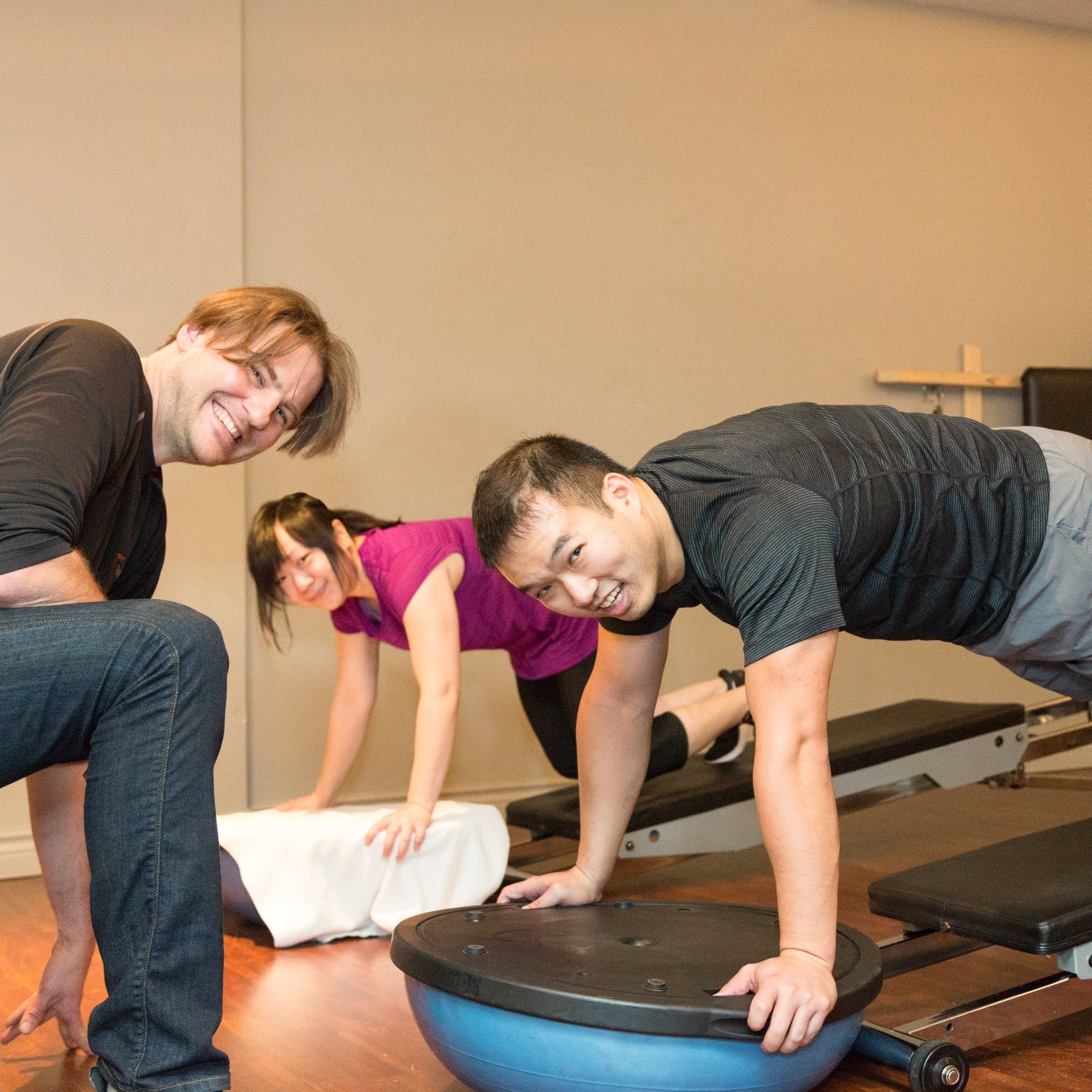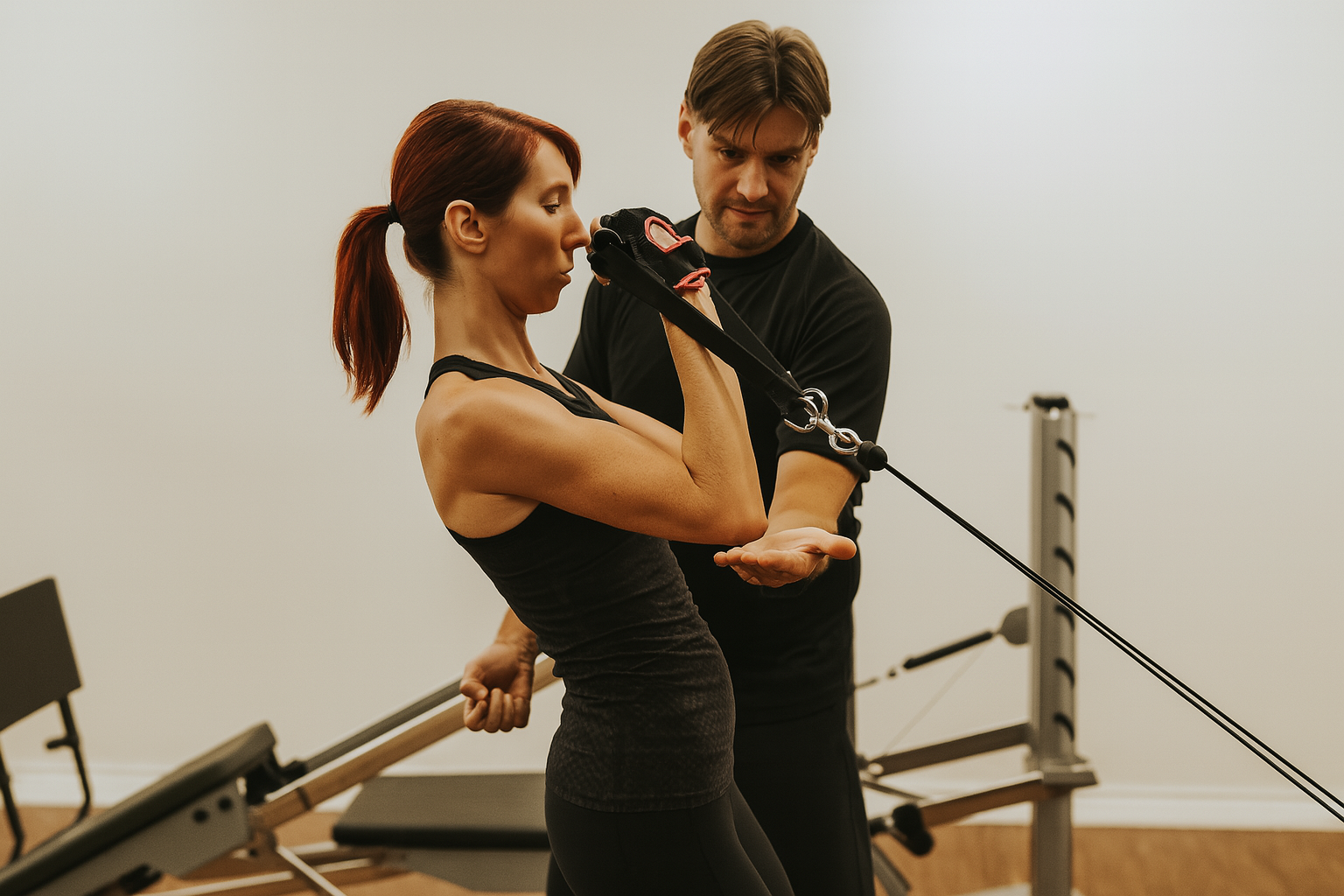Mountain biking is an adrenaline-pumping adventure that demands more than just pedaling power. From navigating technical trails to controlling descents, your balance and stability are the keys to riding confidently and staying safe on the trails.
Let’s dive into how you can boost your balance and stability for mountain biking and have a blast doing it!
Why Balance and Stability Matter in Mountain Biking
Balance and stability are the secret sauce that keeps you upright when the trail gets rough and the rocks get loose. Here’s why they’re crucial:
- Better Control: Smoothly handle tight turns, sudden drops, and unexpected obstacles.
- Injury Prevention: Reduces the risk of falls and injuries by keeping you in control.
- Energy Efficiency: Less energy wasted means more miles covered and more fun!
Exercises to Build Better Balance and Stability
Just like mastering wheelies, building balance and stability takes practice! Let’s look at some effective exercises that will have you feeling steady on two wheels.
1. Balance Board Training
A balance board is like a mountain biker’s secret weapon. Standing on it challenges your core, legs, and stabilizing muscles, just like those rocky trails.
Try this:
- Start: Stand on the balance board with feet shoulder-width apart.
- Challenge: Shift your weight side-to-side and front-to-back.
- Upgrade: Practice single-leg stances to mimic technical riding positions.
Want to see how we incorporate this in personal training sessions? Check out our page on core workouts for cyclists.
2. Single-Leg Exercises
Single-leg movements build strength in each leg and train your body to stay balanced when the terrain is anything but predictable.
Exercises to try:
- Single-Leg Deadlifts: Great for hip stability and core engagement.
- Single-Leg Squats: Build leg strength and improve control.
These exercises translate directly to better pedal control and body stability when things get bumpy.
3. Core Strengthening
A strong core is your secret weapon for riding technical terrain with confidence.
Key moves:
- Planks: Hold a strong plank for 30-60 seconds.
- Side Planks: Target those obliques for better lateral stability.
- Russian Twists: Strengthen your rotational core power.
Our post on plank exercises for core strength dives deeper into how to get the most out of your plank game.
On-Bike Drills to Boost Balance
It’s not all about the gym! Practicing balance while riding will help you feel more confident on the trails.
1. Track Stands
Track stands are a classic move for staying balanced at a standstill, perfect for tight switchbacks or awkward trail stops.
How to practice:
- Shift your weight forward and back while keeping your pedals level.
- Hold the position for as long as possible.
- Start on flat terrain, then try on slight inclines to mimic trail conditions.
2. Slow-Speed Maneuvers
Riding slowly while maintaining balance is a real-world skill for navigating tight turns and technical sections.
Drill idea:
- Set up a slow-speed slalom in a parking lot or quiet trail.
- Practice weaving between markers without putting a foot down.
- Focus on looking ahead and using your body weight to stay balanced.
The Power of Body Awareness
Body awareness is the unsung hero of mountain biking. By tuning in to how your body moves, you’ll ride more confidently and stay in control, even when the trail throws you a curveball.
How to Enhance Body Awareness
- Mirror Feedback: Use mirrors or record yourself to see your posture and form.
- Mindful Practice: Focus on how your hips, shoulders, and feet move as you balance.
- Pro Tip: Work with a coach to fine-tune your riding posture and technique.
At Tsquared Personal Training, we incorporate balance and body awareness drills in our personal training in Vancouver sessions to help you feel stronger and more confident on the bike.
Nutrition and Recovery: Don’t Skip These!
Improving balance and stability isn’t just about the exercises, your body needs the right fuel and recovery to adapt and thrive.
Tips:
- Eat Right: Prioritize whole foods and lean proteins to support muscle recovery.
- Stay Hydrated: Hydration plays a big role in joint health and energy.
- Rest and Recharge: Give your body time to adapt and rebuild stronger.
Take the Next Step to Mountain Biking Mastery
Improving your balance and stability for mountain biking isn’t just about avoiding crashes, it’s about unlocking the full potential of your ride. By incorporating these exercises and drills, you’ll be ready to handle whatever the trail has in store.
Ready to level up your ride? Check out our one-on-one personal training sessions that integrate strength, balance, and biking-specific drills.
Final Word
Mountain biking is an incredible adventure, but it rewards those who prepare. So, invest in your body’s balance and stability, and you’ll enjoy smoother rides, fewer falls, and a heck of a lot more fun.






